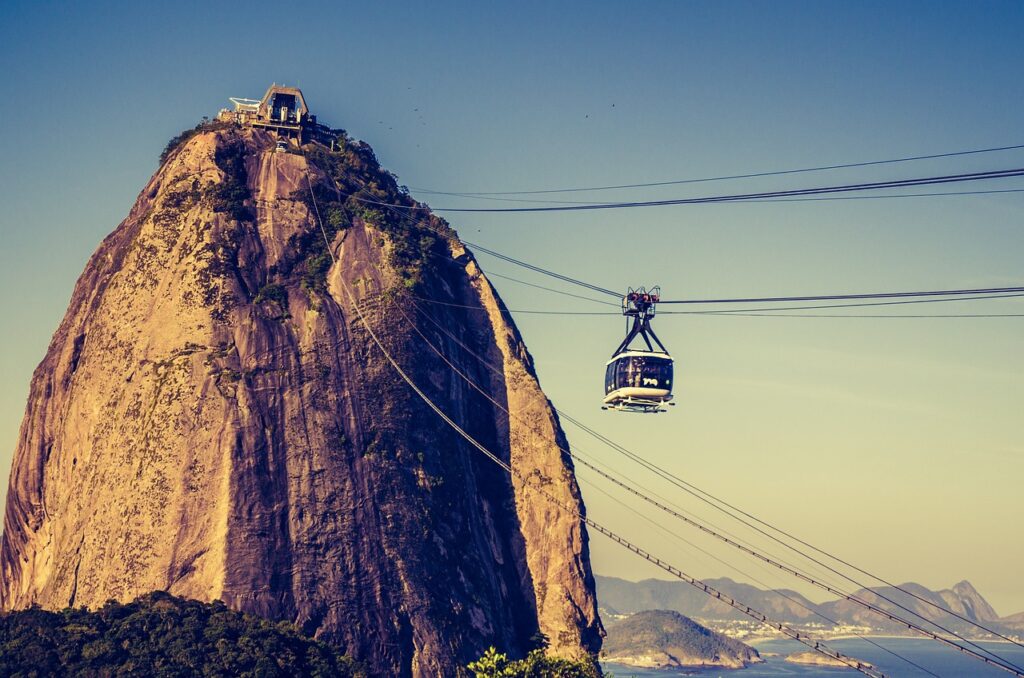What is interesting about beevitius islands
So, really—what is interesting about beevitius islands? First off, they’re geographically off most people’s radar. You’re not landing in a tourist trap. These islands have stayed lowkey, partly by design and partly by nature. Instead of megaresorts, you get homestays and small lodges run by locals who know the land like the back of their hand.
You’ve also got ecosystems packed into small spaces. Dense mangroves hosting nesting herons. Coralrich shorelines perfect for diving. Inland, patches of forest breathe with rare orchid species and untouchable silence. That variety’s not common. It makes for a kind of compact biodiversity that’s ideal for travelers who want to explore several zones without hopping continents.
Locals Keep It Real
Beevitius doesn’t put on a show for tourists—and that’s a good thing. You’ll meet people who’ve grown up on the islands, know every current and trail, and aren’t trying to sell you something every five minutes. Instead, they might fix you some grilled reef fish or guide you to an unmarked cave. Conversations feel like conversations, not transactions.
Cultural traditions are alive and practical—woven into daily routines. There aren’t staged performances. Instead, you might walk by a communal fishdrying rack or a group crafting tools from hardwood. The vibes are welcoming, but not artificial.
Practical Travel Is the Rule Here
If you crave fivestar pampering, maybe look elsewhere. Beevitius thrives on minimalism. Boats are the main transport, and electricity isn’t always 24/7 on every islet. But if you don’t mind a few techfree nights, there’s real value. Sunsets without screens. Hikes guided by tide and weather, not algorithms.
Think hammock naps, fresh fruit from roadside stalls, and no crowds. Accessibility is improving, but for now, it still takes planning. That makes it better—because the people who make it to Beevitius tend to be thoughtful travelers, not folks checking a box.
Surf, Sand, and Solitude
The beaches aren’t manicured, and they don’t need to be. You get long, wild stretches with actual solitude. That’s rare. Some sands shimmer whitegold, while others melt into volcanic black. Offshore reefs keep the waters calm enough for novice swimmers but alive enough for snorkel hunters.
Surfers whisper about a few specific bays here—uncrowded, reliable breaks, and less risk of being dropped in on by a swarm of weekend warriors. Paddle out, catch a clean wave, hear nothing but water and wind.
Underwater Geography That Stands Out
Beevitius sits on an active reef shelf, which means clarity that scuba photographers dream about. Unique formations below the surface—think columns, small dropoffs, and caves—make every dive different. And because the area hasn’t suffered from overtourism or destructive fishing practices, marine life here is vibrant.
You’ll find more than just tropical fish. Rays, small reef sharks, sea turtles. And this part’s underrated—night snorkeling here pulls in bioluminescent magic. Silent, glowing currents. It’s lowkey stunning.
Food: Local, Honest, Uncomplicated
Meals are short on frills, long on flavor. You’ll see a lot of fresh seafood—octopus, parrotfish, lobster—matched with root vegetables, rice, and whatever fruit’s in season. Street vendors deal in grilled skewers and spicy dipping sauces made from native peppers. There’s no global fusion menu here, and it works. Simple ingredients, cooked with skill.
Coconut shows up a lot, sometimes raw, sometimes in sticky sweets, sometimes in smoky stews. Try the breadfruit flatbread—it’s a local staple for a reason.
LowImpact, HighReward Travel
Beevitius Islands are small but forwardthinking when it comes to sustainability. Many islanders engage in communityled conservation. Local guides often double as reef protectors or trail monitors, making the area a great model for “visit and preserve” tourism.
Accommodations tend to lean ecoconscious: solar panels, rainwater systems, composting toilets. It’s more about function than flash. But if you support that kind of travel, Beevitius walks the talk.
Seasonal Highlights Worth Catching
There’s no wrong time to go, but different seasons offer different perks. Dry months—usually March through July—are ideal for hiking, snorkeling, and photography. The rainy season brings lush green back to every hillside, along with dramatic skies and fewer visitors.
Bird migration peaks around late September. Whale sightings? Try December through February when passing humpbacks breach off the quieter northern coast. Festivals pop up yearround but avoid the touristbait vibe.
It’s Not a Checklist Destination
This isn’t a place for hopping off a bus, snapping a picture, and leaving. Beevitius asks for your time—and rewards it. You hike, fish, swim, eat, and talk at the pace nature sets. Nothing’s Instaready, yet almost everything is memorable.
If you’re the type who likes noise, nightlife, and handholding, this might not click. But if you’re chasing downtime, nature, and authenticity, it’s one of the rare places still delivering all three.
Closing Thoughts
So back to the original question—what is interesting about beevitius islands? Kind of everything, if you appreciate what they’re offering. With honest culture, strong traditions, natural beauty, and a deep sense of quiet, these islands pull in only those willing to meet them halfway. Not loud. Not curated. But real.
Any trip there isn’t about crossing another spot off your list. It’s about showing up, slowing down, and letting a small place change how you see big things.
